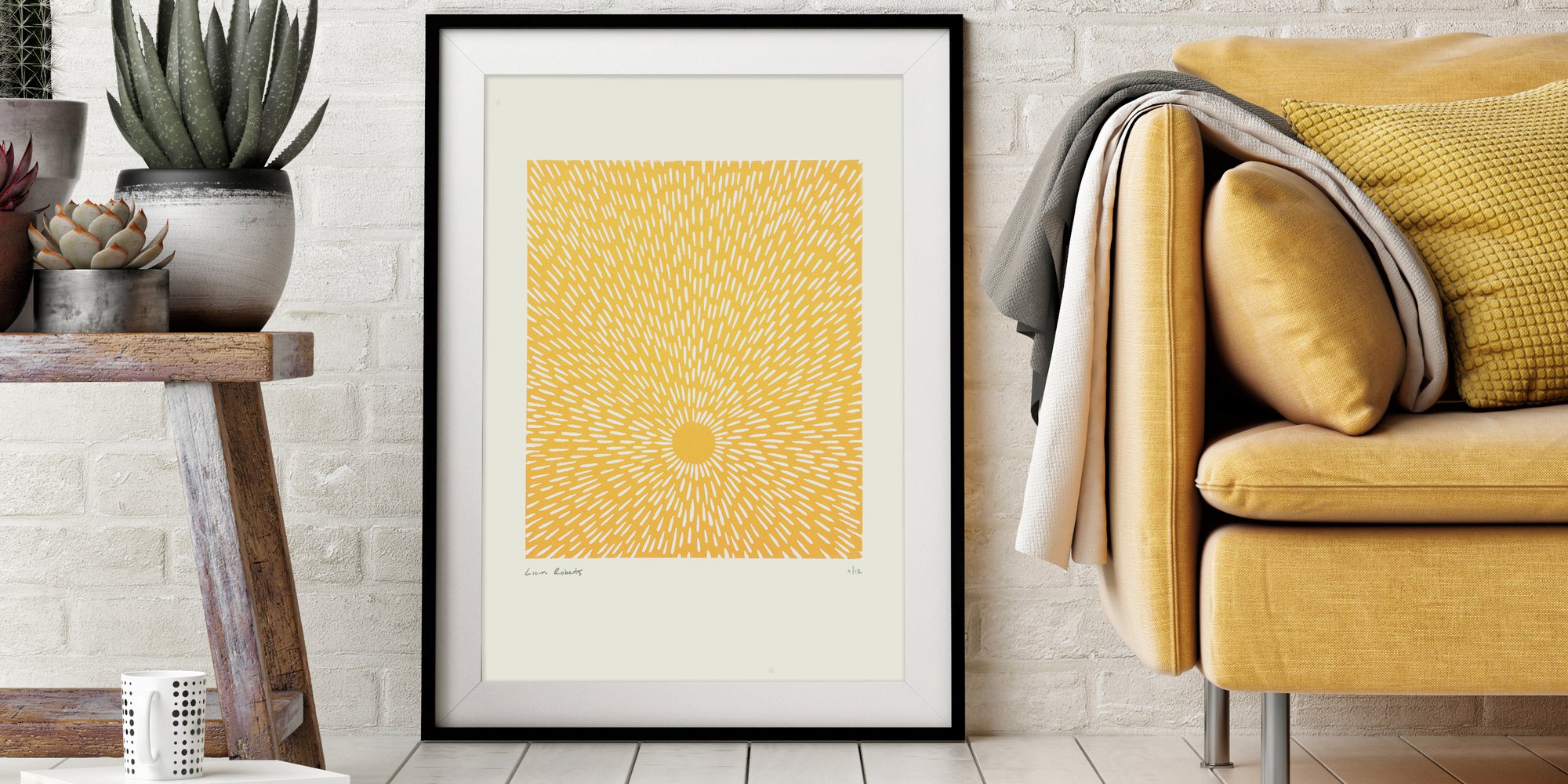Geometric abstraction is a type of abstract art based on the use of simple geometric forms. The style was initially popularised by 20th century avant-garde artists, but similar forms of geometric art have been created since the Greek Dark Ages, around 900 BC!
Based on a foundation of Cubism - you can thank Picasso for that! - geometric abstraction rejects more traditional forms of painting, such as Old Master and Impressionism, and focuses more on the ‘flatness’ and consistency of painting.
Arguably, the two main styles of geometric abstraction are Neo-plasticism and Suprematism (try saying that five times in a row). And while the terms seem abstract in themselves, their histories are fascinating.
Neo-plasticism (De Stijl)
Neo-plasticism was coined by Piet Mondrian, the most influential artist in the De Stijl movement. Similar to other avant-garde movements of the time, the De Stijl aesthetic emerged in response to the devastation of World War I.
Mondrian focused on geometric division through black, white and grey vertical and horizontal lines of varying thickness, complemented by blocks the primary colours of blue, red and yellow. Elements portrayed in their most simple of forms - such as squares and rectangles - were seen to be fundamental to the purity of the movement, and even further, to express a sense of order and harmony in post-war society.
Suprematism
Geometric abstraction also emerged in the artwork of Russian avant-garde artist, Kazimir Malevich, which he termed to be ‘Suprematism’. Ever seen the ‘Black Square’ and wondered what kind of artist (or amateur?) created it? Well, that was Malevich. And he’s actually an abstraction genius.
Suprematism was one of the earliest and most radical developments in abstract art. Painters within the movement rejected realism, because they saw it as a distraction from the transcendental experience that art was meant to evoke in the viewer. Much like Neo-plasticism, Suprematism can be recognised by its use of geometric forms that incorporate a small range of colour.
While geometric abstraction had early beginnings, it's still influential today. Inspired by Malevich, Artfinder artist, Alina Mar, adds a contemporary twist to the Suprematism style. By incorporating a handprint over geometric shapes, Alina delves into identity and individuality.
Ever-the-rebel, Artfinder’s Tony Bramley rejects creating flat shapes like his earlier counterparts, and instead explores the 3D illusion that geometric shapes can create.
Cover image via Liam Roberts


